Public sector monopolies are often judged harshly as enjoying a quiet life, looking after themselves instead of their customers. Privatising public monopolies has been a popular response, but it’s a safe bet that companies will race to maximise shareholder value rather than public value. To simultaneously deliver better efficiency, better customer focus, and better public value, policy makers need to think beyond ideological extremes in this zero-sum game.
Public sector monopolies can have many handicaps in the race for efficiency and public value. They often lack cultural norms or corporate mechanisms to maximise value for money and are often perceived to care more about their own convenience than the needs of the people they serve. Over time, many citizens and governments have come to perceive public sector monopolies as an inherently bad bet.
By contrast, private sector firms are often perceived as being more responsive to customers, while also being driven by competition to find efficiencies that offer better value. Transferring public sector monopolies to private operators—privatising—can seem like a way to harness desirable features of the private sector to achieve more and better public services.
Arguments for and against privatisation are often ideological rather than rational, so the opportunity for analysis on merit is missed. Too often, the drawbacks of public sector monopolies are misinterpreted as inherent drawbacks of all government operated services. This focuses too much on who owns a monopoly, and too little on the underlying reasons why it might not deliver public value to its full potential.
Any monopoly, public or private, will tend to be less responsive, deliver less value, and be less efficient than operators in a competitive market. A new owner of a privatised monopoly will typically take steps to maximise its returns, such as raising prices, improving efficiency, or degrading services. These actions may increase private returns, but not public value.

Efficiency is driven by a competitive operating environment, not by private ownership. It is often possible to create competitive pressure within monopoly organisations where similar functions are delivered by multiple management units. For example, many hospitals provide similar services, making it possible to compare their relative efficiency.
In this situation, privatisation is not necessary; management units jockey for position in internal competitions, with more efficient units being prized over less efficient units. Responsibility for less efficient units can be reallocated to better managers, or funding for growth can be awarded to more efficient operators. Credible competition rewards efficiency. This is known as contestability, creating competitive tension regardless of who owns the services.
Private monopolies can be at least as bad as public monopolies, and neither is naturally incentivised to maximise public value. Rational analysis reveals ways to introduce competitive pressure for public operators while retaining the benefits of economies of scale, fixed capital, and public ownership and accountability.
Contestability can challenge the complacency of monopolies without the disruption of privatisation. It can incentivise and legitimise public sector operators exploring and adopting efficient practices normally associated with the private sector, even where it requires investment in back-of-house capabilities, without privatising the benefits. It is actual contestability, not assumed private competition, that backs the horse called self-interest while offering the best odds of maximising public value.
